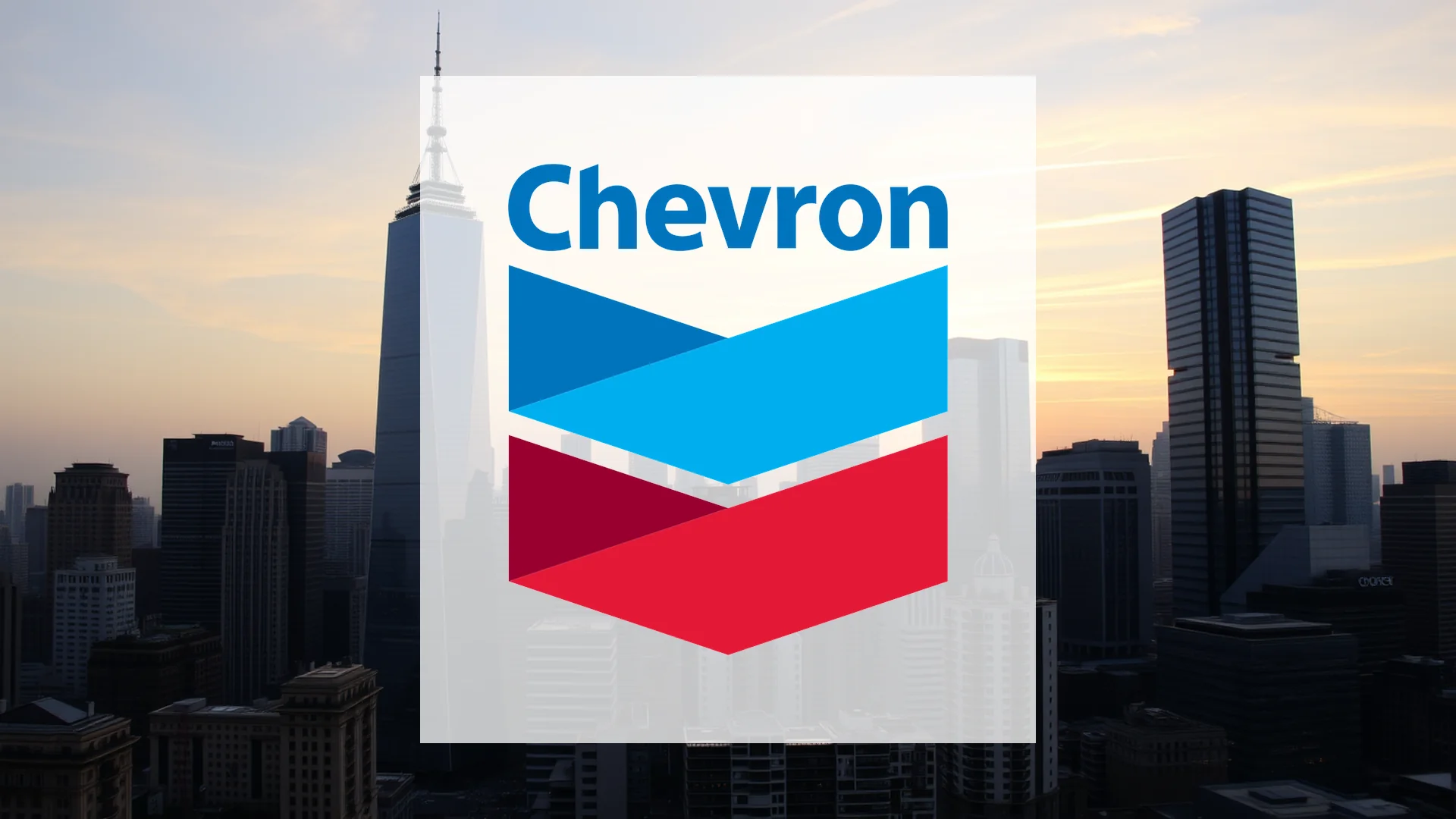Investors in Bristol-Myers Squibb encountered a significant market downturn as the pharmaceutical giant and its collaborator, Johnson & Johnson, terminated a pivotal late-stage trial for their experimental blood thinner, Milvexian. The decision to discontinue the Librexia-ACS study emerged after an interim analysis indicated the trial was unlikely to meet its primary objective, delivering a substantial blow to a project once viewed as a potential multi-billion dollar opportunity.
Market Reaction and Analyst Sentiment
The financial markets responded swiftly to the clinical development. Even before formal trading commenced, Bristol-Myers Squibb’s stock value declined by more than 5%, ultimately closing the session with an approximate 4% loss. This downturn reflects heightened investor concern regarding the company’s developmental pipeline.
Analyst perspectives now show considerable divergence. While the consensus price target rests near $55, individual firm recommendations vary widely. Morgan Stanley maintains a “Sell” rating with a $36 price projection, explicitly citing the Milvexian trial discontinuation as a central factor. This event marks another clinical setback for the company in recent periods, contributing to a cautious market atmosphere. The share price, now hovering around 40 euros, indicates a market that has temporarily withdrawn its confidence in a near-term breakthrough.
Future Prospects for Milvexian
Despite this setback, the developmental pathway for Milvexian is not entirely closed. Two additional Phase 3 clinical trials for the drug are continuing as scheduled. The Librexia-AF study, focusing on atrial fibrillation, and the Librexia-STROKE study, investigating stroke prevention, are both projected to deliver initial results in 2026.
Should investors sell immediately? Or is it worth buying Bristol-Myers Squibb?
A critical positive note from the halted trial is the absence of new safety concerns related to Milvexian. The compound’s mechanism of action—inhibiting Factor XIa—continues to be regarded by researchers as a promising approach. It aims to achieve a superior balance between preventing thrombotic events and minimizing bleeding risks compared to existing anticoagulant therapies.
The Path Forward
The pharmaceutical investment community is now looking toward 2026 as a decisive period for Bristol-Myers Squibb and its developmental asset. Successful demonstration of efficacy in either the ongoing atrial fibrillation or stroke prevention trials could potentially overshadow the current disappointment.
Until those results materialize, shareholders must exercise patience and acknowledge the inherent uncertainties of pharmaceutical research and development. The company’s ability to recover value from this research program now depends entirely on the outcomes of these subsequent studies.
Ad
Bristol-Myers Squibb Stock: Buy or Sell?! New Bristol-Myers Squibb Analysis from November 17 delivers the answer:
The latest Bristol-Myers Squibb figures speak for themselves: Urgent action needed for Bristol-Myers Squibb investors. Is it worth buying or should you sell? Find out what to do now in the current free analysis from November 17.
Bristol-Myers Squibb: Buy or sell? Read more here...










